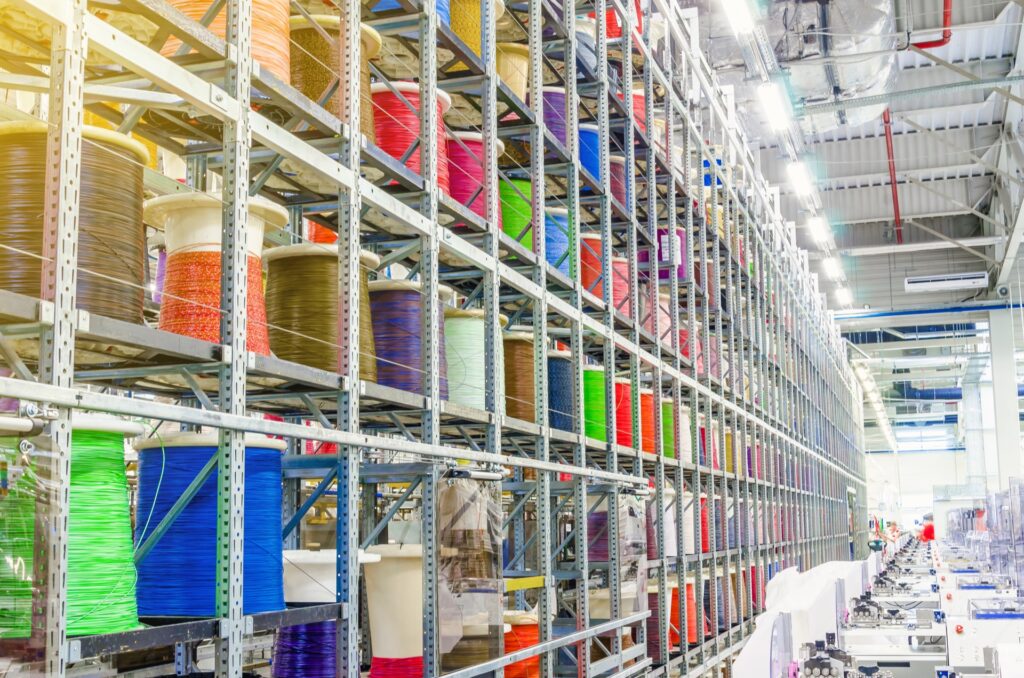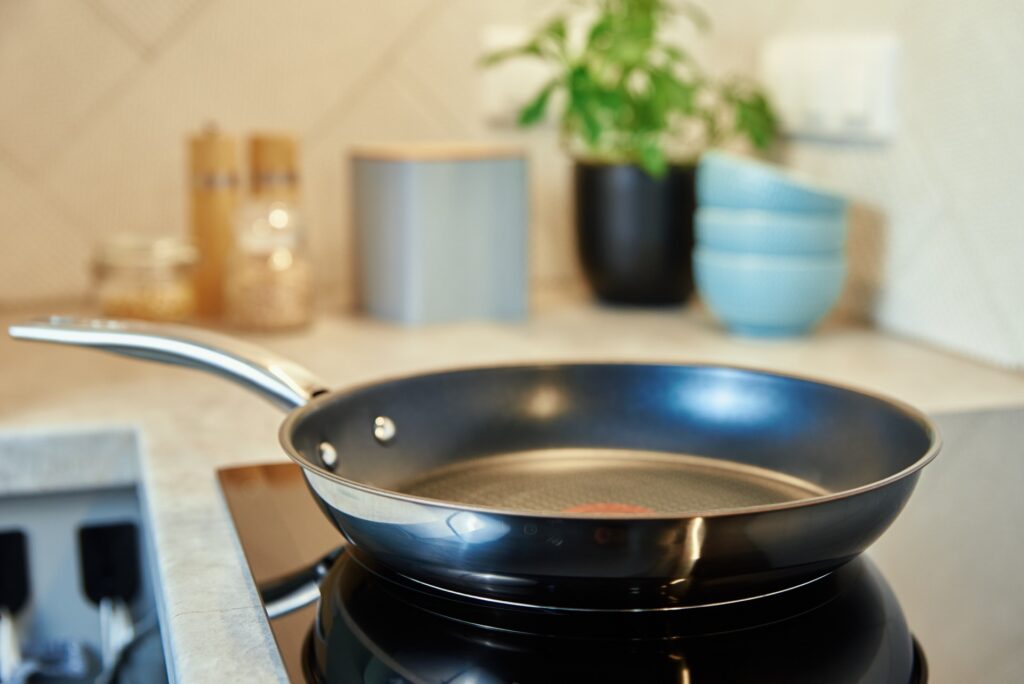As we continue to make more and more advanced materials, plastics also continue to advance. One of these remarkable materials is called polytetrafluoroethylene (PTFE) and it has many beneficial properties that make it ideal for many different kinds of applications. Below, we break down the uses of PTFE and why it’s so widely found in many different objects.
What Is PTFE and What Is It Made Of?
PTFE is a type of thermoplastic polymer that’s most well-known for its chemically resistant properties. At a molecular level, PTFE is made up of a chain of carbon atoms with two fluorine atoms bonded to each carbon. These fluorine atoms surround the carbon chain, creating a dense molecule with very strong carbon-fluorine bonds. It’s these bonds that help PTFE resist chemicals.
Properties of PTFE
When describing PTFE and its chemical resistance, it can’t be overstated how it shakes off just about any solvent at room temperature. It’s also hydrophobic and really only weakens when exposed to high-energy radiation.
Additionally, it has good electrical insulating power in hot and wet environments and resistance to light, UV rays, and weathering.
Its low coefficient of friction, strong anti-adhesion properties, and flexibility all make it a highly useful material. So much so, that it’s available in food, medical, and high-purity grades.
Uses of PTFE
Three of the most popular industries of polytetrafluoroethylene can be found in include:
Electronics
PTFE can commonly be found used in electronics, most notably in wire insulation. In fact, close to a whopping 50% of PTFE production goes into wire insulation. These wires are used in many different sectors, including everything from coaxial cables to hookup wires. The main reason PTFE is used so frequently here is because of its dielectric properties. This makes it ideal for use as an insulator in connector assemblies and cables and in printed circuit boards used at microwave frequencies.
Aerospace
While electronics and aerospace overlap here with PTFE’s application in electronics, it’s used as a material for aerospace applications too. Due to its low friction, it can be found in plain bearings, gears, slide plates, seals, gaskets, and bushings. Essentially, if it a part needs to slide, PTFE is a great choice.
Kitchenware
Finally, one of the most well-known applications of PTFE falls into the kitchenware category. It’s most well-known for non-stick coatings that line frying pans and other cookware. Because of its hydrophobic and low friction properties, it’s often a top pick for making or storing food in.
By no means is this an exhaustive list of all the uses of PTFE, as there are many more single applications that fit into many more individual sectors.
Overall, PTFE is an incredibly useful material and helps make daily life around the world just that much more convenient.

